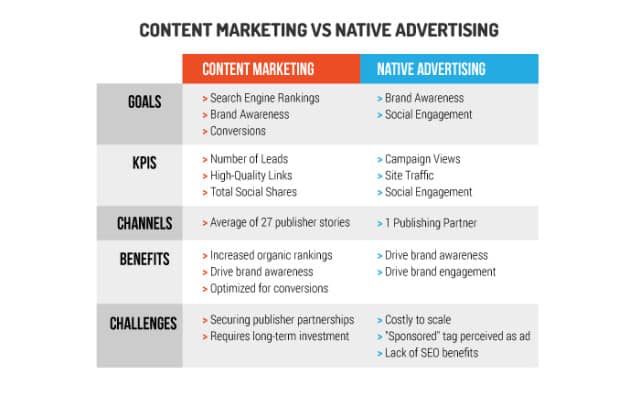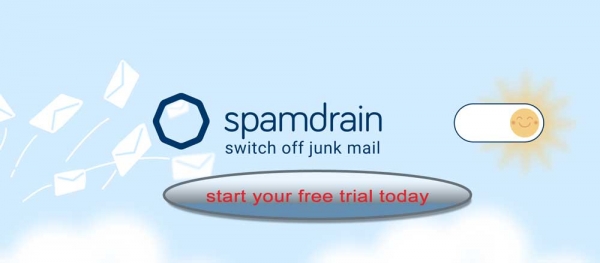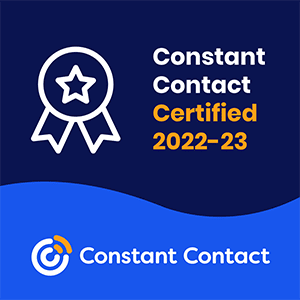
Why should companies use content marketing?
Risk mitigation, lead generation, lead nurturing and lead scoring are some of the benefits today’s companies are reaping from their content marketing efforts.
How are companies using it?
Some of the most popular ways, by a percentage of companies, are non-blogging social media (79%), article posting (78%), in-person events (62%), e-newsletters (61%), case studies (55%), blogs (51%), white papers (43%) and webinars/webcasts (42%).
Are content marketing budgets growing?
Most definitely, with 51% increasing spending over the next 12 months, 45% maintaining their current level of spending, and only 2% planning to decrease content marketing spending.
Despite the rise in native advertising, content marketing still seems to rule the digital world. Fractl and Moz used survey responses from more than 30 content marketing agencies and cost data from more than 600 digital publishers. They found that content marketing has a better overall return on investment.
It’s important to note that the goals for content marketing and native advertising are very different. While both want to increase brand awareness, content marketing is also intended to drive conversions. This bears out in the key performance metrics as well: The number one metric for content marketing is the number of leads generated, where native ads usually depend on engagement metrics and impressions.

According to Kelsey Libert, partner and vp of marketing at Fractl, it’s not just how performance is measured that makes content marketing more effective. She said that the pay-to-play nature of native advertising means that native ads must be “branded,” which can result in lower editorial syndication and be a real turn-off for social media audiences:
Readers are necessarily less engaged with advertising vs. editorial content, and metrics show lower share rates, lower engagement rates, lower view counts, etc. in most cases.
Libert pointed to several key weaknesses when it comes to native ads on social, chief among them being limited reach based on paid partnerships. Instead, content marketing “lives and dies by its merit,” and the bar is set higher when the content must be judged by the audience or publishing gatekeepers, she said:
You can’t simply push through a mediocre, thinly veiled advertorial. Content marketing puts the brand and the consumer on equal footing, and in the process necessitates the brand elevate the content they are creating. When done correctly, the result is a true match between brand and content consumer, where the content created has true value, and spreads based on the merit of the content. Through this, content can enjoy true virality in a way that is nearly impossible with Native ads.
However, native advertising is not without its strengths. While content has the potential for wider and more organic reach, native wins when it comes to predictability and scale. Still, Libert concluded:
Content marketing impacts more KPIs than native advertising and it has a higher ROI overall, and with the new FTC guidelines it will only become more challenging for publishers to create share-worthy content on behalf of big brands.
From:
https://www.marketo.com/infographics/content-marketing-vs-traditional-advertising/
http://www.adweek.com/digital/content-marketing-vs-native-advertising-which-is-more-effective-on-social/





















Leave A Comment
You must be logged in to post a comment.